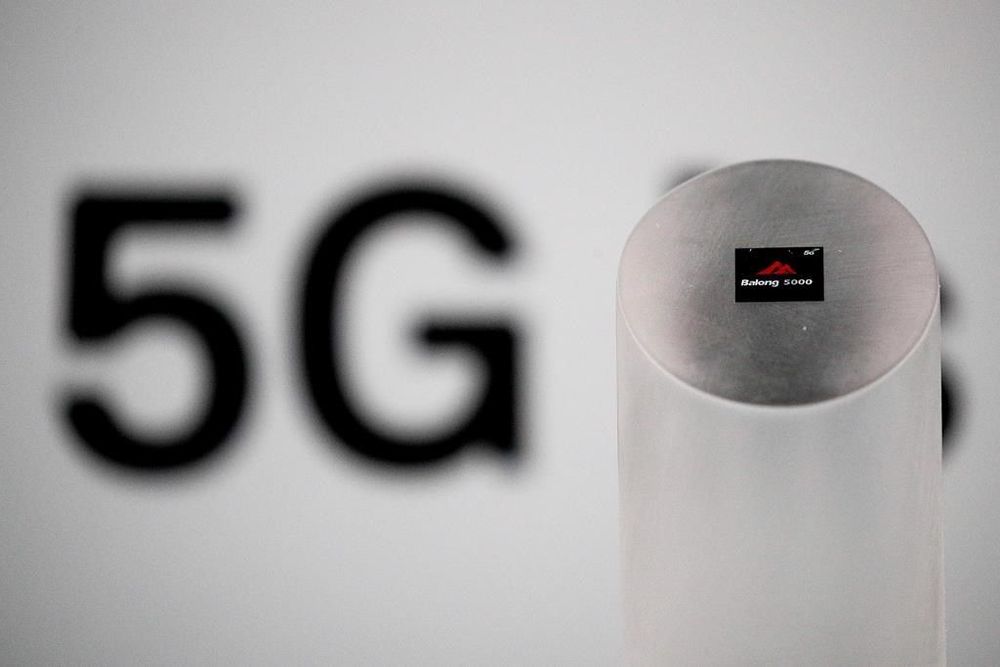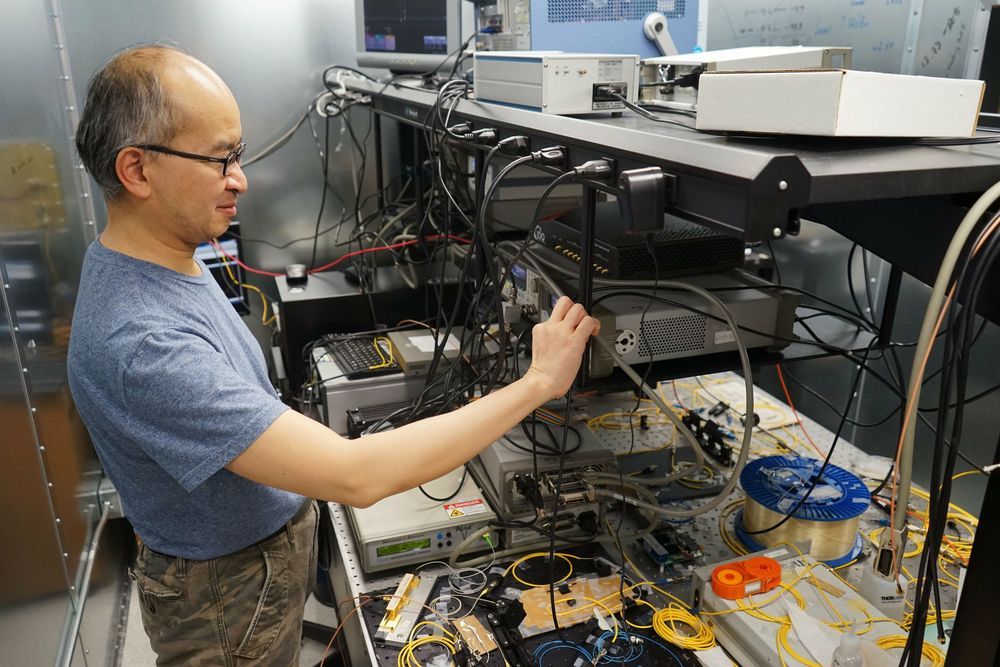Michael Griffin, the undersecretary for research and engineering, expects future budgets to provide funds for lasers that the missile defense agency can more rapidly develop and field. Space-control needs to have megawatt-class lasers.
Hypersonic weapons’ low signature in flight and high degree of maneuverability upon final approach to targets make the weapons difficult to defend against.
The last time the US really invested in transformative capabilities that overwhelmed adversaries [in Desert Storm] was the Reagan era.






